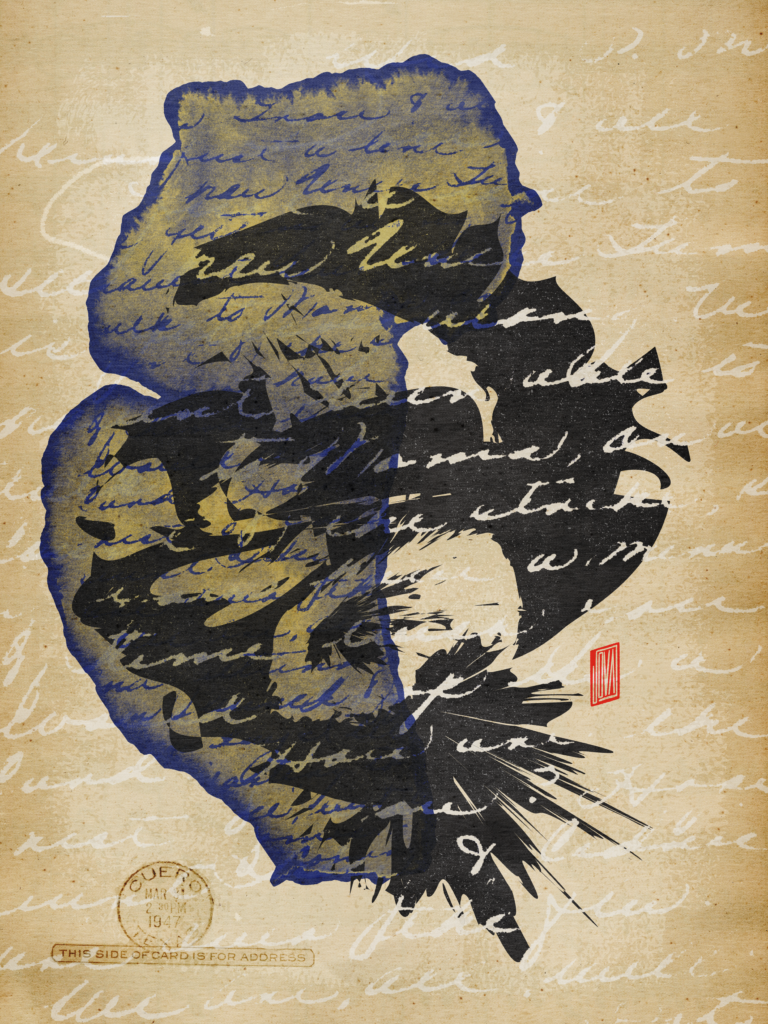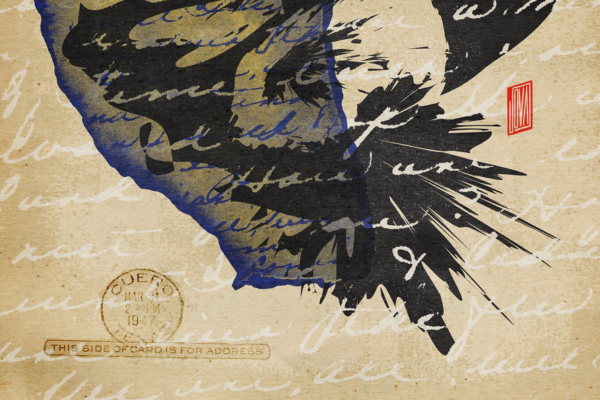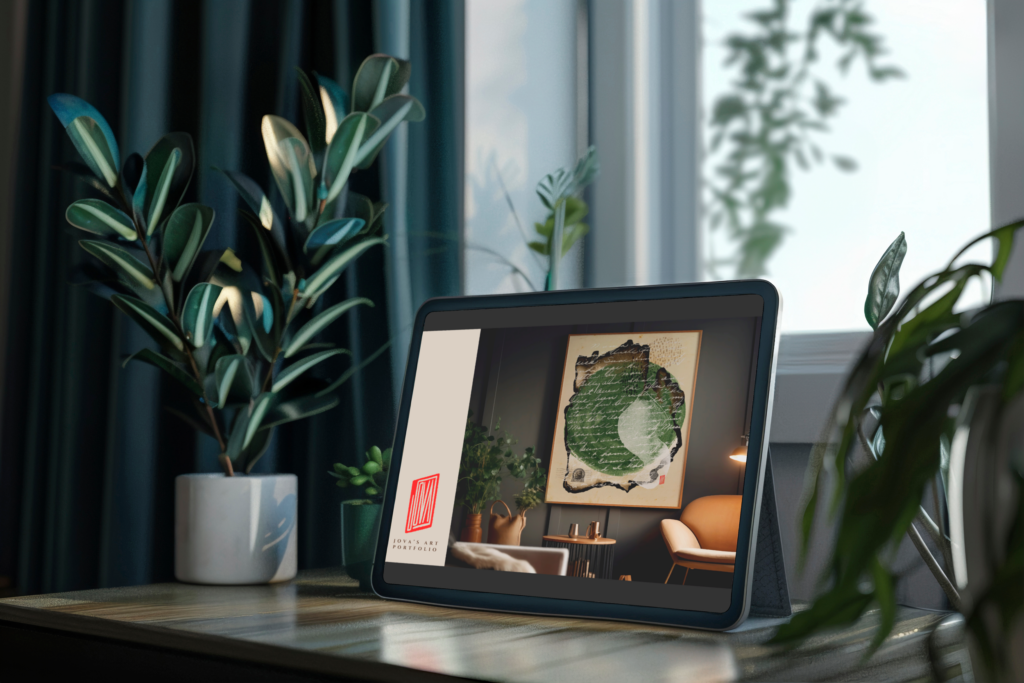It started with a single postcard. Faded handwriting stretched across the surface, sharing a moment in time from 1947—personal, heartfelt, and meant only for one person. But as I held it, I realized it wasn’t just a letter; it was a fragment of history, carrying emotions that still felt alive decades later. That’s where the journey of Dear Grace began.
In creating Dear Grace, I wanted to honor the intimacy of the postcard while transforming it into something universal. The words, though they remain partially obscured, weave through the piece like whispers. They’re not meant to be read—they’re meant to be felt, like echoes of a conversation that once was. Each calligraphic stroke becomes part of the texture, blending seamlessly with sweeping forms and abstract shapes. Together, they create a sense of fluidity, like memories that linger but never quite stay still.

The deep blue and black tones contrast against the aged background, giving the piece both depth and a sense of history. It’s as though the artwork carries the weight of the past while still breathing in the present. The addition of a postal stamp from 1947 anchors Dear Grace in time, grounding the abstraction with a moment of reality. Yet, even with its historical roots, the piece transcends its era, inviting viewers to bring their own stories into its layers.
What I love most about Dear Grace is how it captures the tension between the personal and the universal. While inspired by a specific letter, it speaks to all of us. It’s about the way fragments of the past stay with us—how they whisper through time and leave their mark on the present.


